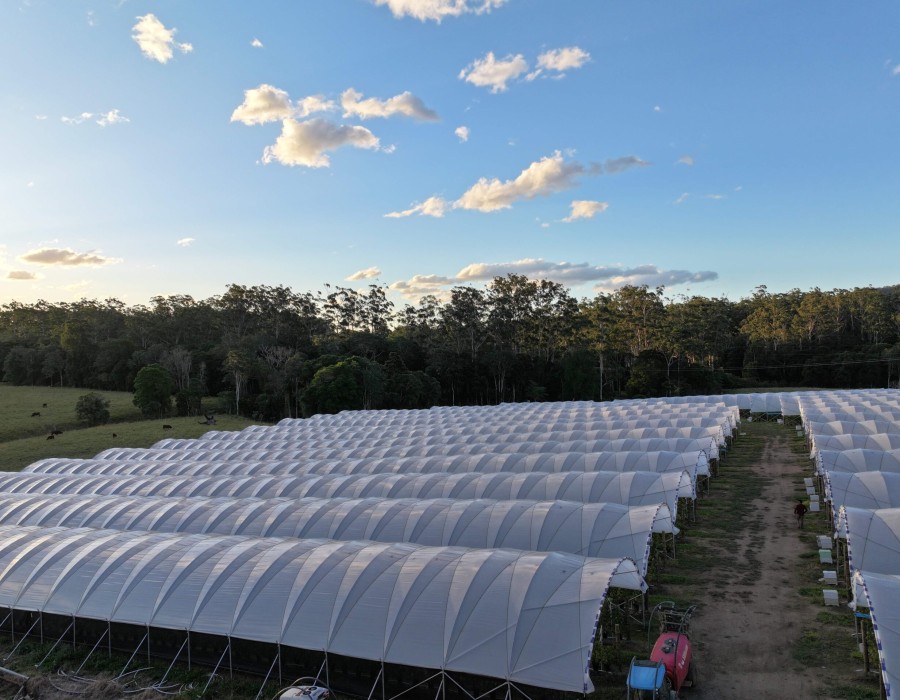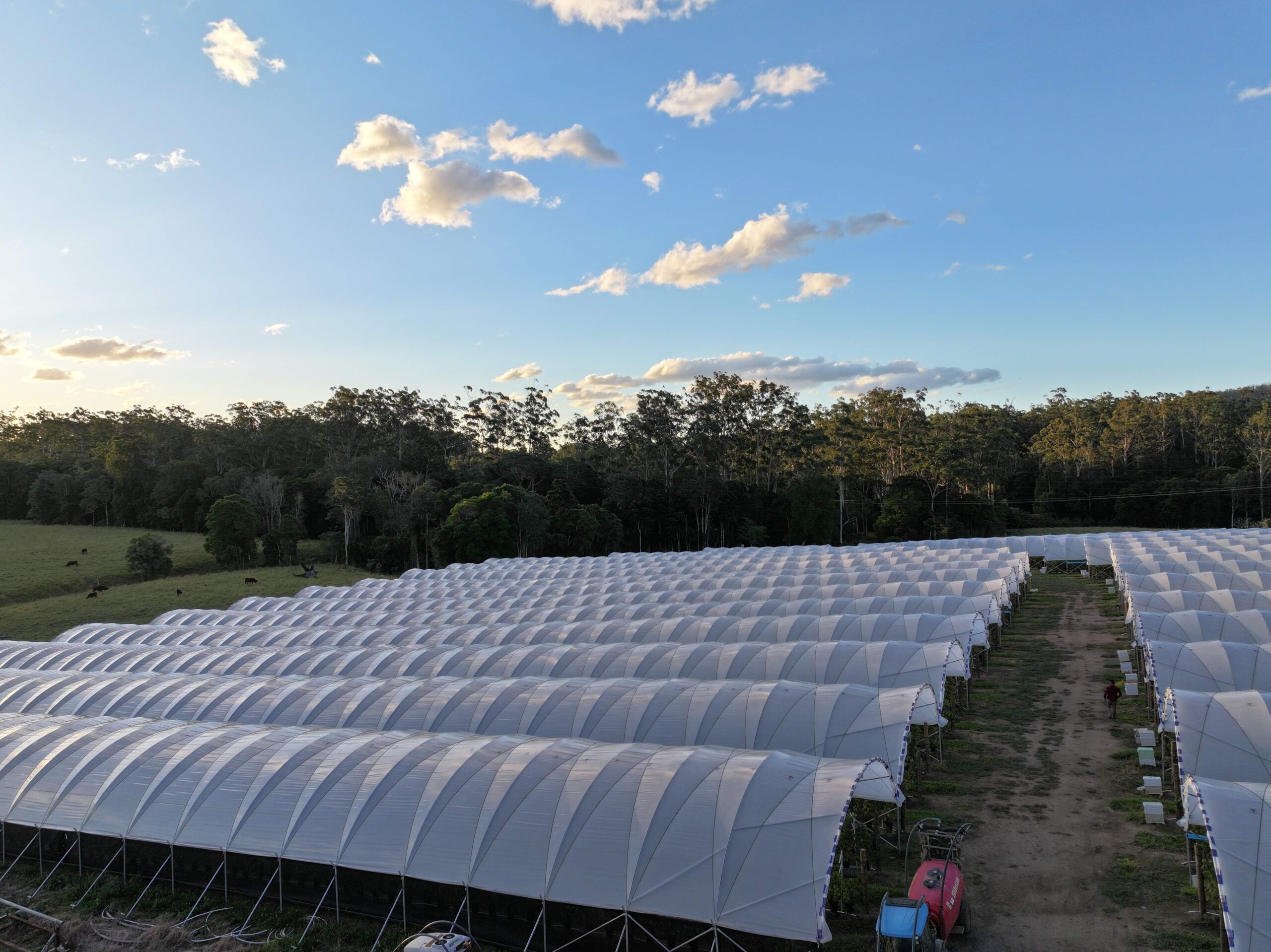The Rise of Plastic Greenhouses
Traditional greenhouses, often constructed with glass, have long been a staple in agriculture. However, their high cost and fragility have led to the development of more affordable and durable alternatives. Plastic greenhouses, made from materials such as polyethylene or polycarbonate, have emerged as a game-changer in the agricultural industry.
Plastic greenhouses are designed to provide a controlled environment for growing crops, allowing farmers to manage temperature, humidity, and light exposure. This controlled environment helps to create optimal growing conditions, which can significantly increase crop yields and quality.
Advantages of Plastic Greenhouses
One of the most significant advantages of plastic greenhouses is their affordability. The cost of constructing a plastic greenhouse is considerably lower than that of a traditional glass greenhouse. This cost-effectiveness makes plastic greenhouses accessible to small-scale farmers and hobbyists, as well as large commercial operations.
Another key benefit of plastic greenhouse is their durability. Unlike glass, plastic is less likely to shatter or break, making these greenhouses more resilient to harsh weather conditions such as strong winds, hail, or heavy snow. This durability ensures that crops remain protected throughout the year, regardless of external factors.
Plastic greenhouses also offer superior insulation properties. The plastic covering helps to retain heat within the greenhouse, creating a warmer environment that is ideal for growing a wide range of crops. This insulation allows farmers to extend their growing seasons, producing crops during times of the year when it would otherwise be impossible.
Furthermore, plastic greenhouses are lightweight and easy to install. Many plastic greenhouse kits are available on the market, allowing farmers to set up their structures quickly and with minimal effort. This ease of installation makes plastic greenhouses a practical option for farmers looking to expand their operations or experiment with new crops.
Environmental Impact
While plastic greenhouses offer numerous benefits, it is essential to consider their environmental impact. The production of plastic requires the use of fossil fuels, and improper disposal can contribute to environmental pollution. However, advancements in plastic recycling and the development of biodegradable plastics are helping to mitigate these concerns.
Moreover, the increased efficiency and productivity provided by plastic greenhouses can lead to more sustainable agricultural practices. By enabling year-round crop production, plastic greenhouses reduce the need for land expansion, thereby helping to preserve natural ecosystems. Additionally, the controlled environment of a plastic greenhouse allows for the more efficient use of water and fertilizers, further reducing the environmental footprint of farming operations.
The Future of Plastic Greenhouses
As technology continues to advance, hoop greenhouse the future of plastic greenhouses looks promising. Innovations in materials science are leading to the development of more sustainable and environmentally friendly plastics, making plastic greenhouses an even more attractive option for farmers worldwide.
Additionally, the integration of smart technologies, such as automated climate control systems and remote monitoring, is enhancing the efficiency and effectiveness of plastic greenhouses. These advancements are enabling farmers to optimize growing conditions with greater precision, resulting in higher yields and reduced resource consumption.






Comments